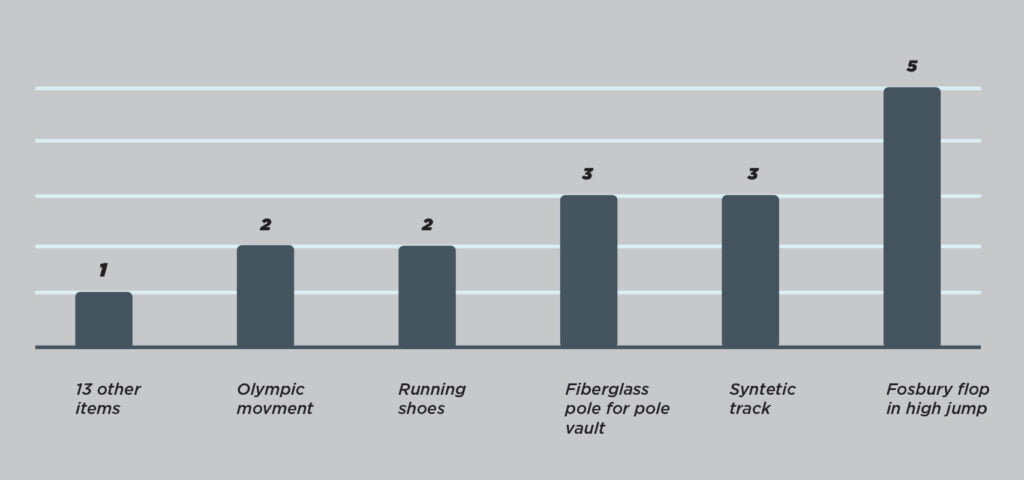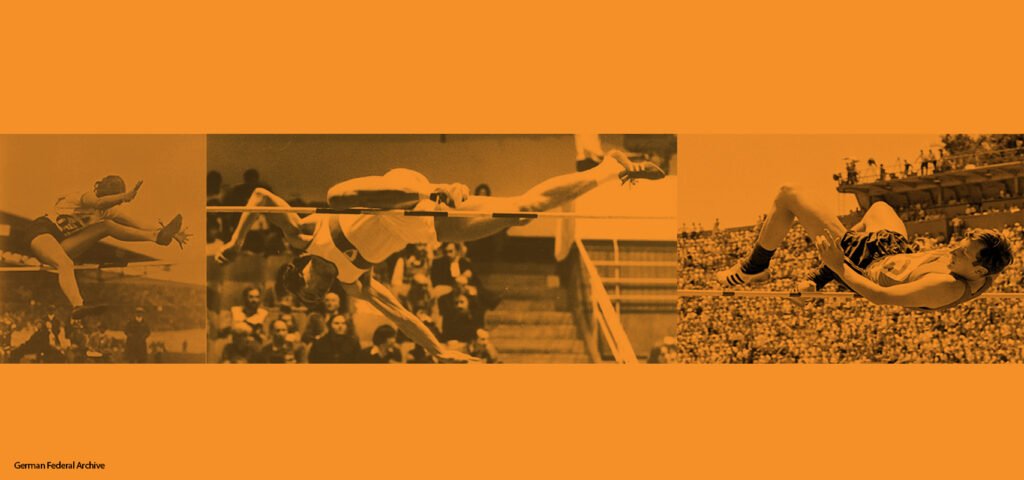Was it a Breakthrough or an Adjacency?
This year, P&G’s Febreze celebrates its silver anniversary as a brand. But not all 25 years were a honeymoon. Launched in 1998, the fabric freshener quickly hit $100M in sales, but then slumped. In 2002, the brand was in danger of extinction until the company made a strategic decision: the Febreze brand, with its “Breath of Fresh Air” promise, would lead the company into its expansion into “Air Care”, a growth sector. The challenge was that the Air Care category was already dominated by protective goliath brands who would make entry very difficult. SC Johnson led the way with Glade followed by AirWick (Reckitt Benckiser), and Renuzit (Dial). SIT Innovation – Systematic Inventive Thinking ® was called in to help.
We all know the happy ending. Thanks to a successful entry in 2004, the Febreze brand thrived and, in 2011, joined the exclusive “Billion Dollar Brand” club. It has more than doubled those milestone sales in 2023.
So, what happened in 2002?
That was the year when P&G’s perfume chemists, Febreze brand team, and Innovation function members engaged SIT to help identify what breakthrough concept will help them enter this crowded field with an innovative, differentiated offering whose superiority would be obvious. Marketing already understood that price-of-entry into Air Care would require a spray (preferably not aerosol) which would need to be the first product launched. However, they also knew that plug-in air fresheners were the margin play and this is where they would need to win in order to achieve their business goals.
I was honored to be one of SIT’s experts to work on this project, alongside Amnon Levav, SIT’s co-founder. The SIT team was immersed in Febreze (not literally) for several weeks, including an intensive workshop in Cincinnati. The two highest rated plug-in ideas that the team generated through our approach were merged during convergence to form this concept:
Pulsating Plug-in. Habituation to one constant scent or level of scent is a problem that consumers are keenly aware of. They complain that a short while after beginning to use a Plug-in, they fail to notice the scent anymore and have no way of knowing that it is still working. To counter this problem, we will offer a pulsating Plug-in. Electrical heat will vary in strength or different perfume volatilities will be used in order to systematically and regularly alter the amount of scent emitted by the device.
Alternatively, the form will be dual chambered with two perfumes of different scents. So doing, the habituation to the scent will be delayed or non-existent.
This product, P&G’s first plug-in, was launched in 2006 and branded as Febreze NOTICEables, emphasizing the value the innovation delivered, moving beyond technical descriptors like “pulsating” or “dual-chamber”.
Just 5 years after entry, P&G’s Air Care portfolio had secured an impressive market share of 25%. Shortly thereafter, NOTICEables overtook Glade as the plug-in with the greatest market share. After a few years of sustaining this title, P&G rebranded NOTICEables as “PLUG”. The NOTICEables name was retired after 13 years of hard work, establishing Febreze firmly in the exclusive $1B+ brand club. According to Procter & Gamble’s (P&G) annual report for 2023, Air Fresheners account for 80% of Febreze brand sales.
25 years ago, Procter & Gamble executives realized that the company would miss a market opportunity window if they didn’t act fast. They had many valuable assets in place – strong brand equity, world-class perfume expertise, distribution supremacy, an extremely professional team with senior leadership support – but struggled to find the product expression that would cash in on them. It was a solution that seems simple and obvious in hindsight, but far from intuitive in foresight, so characteristic of SIT’s Closed World-type innovations, that became a blockbuster. It was a breakthrough solution that facilitated entry into an adjacency. Categorize it however you want; just make sure that you have several of them in your portfolio.
Happy Anniversary, Febreze!






